What Does “Made in PRC” Really Mean?
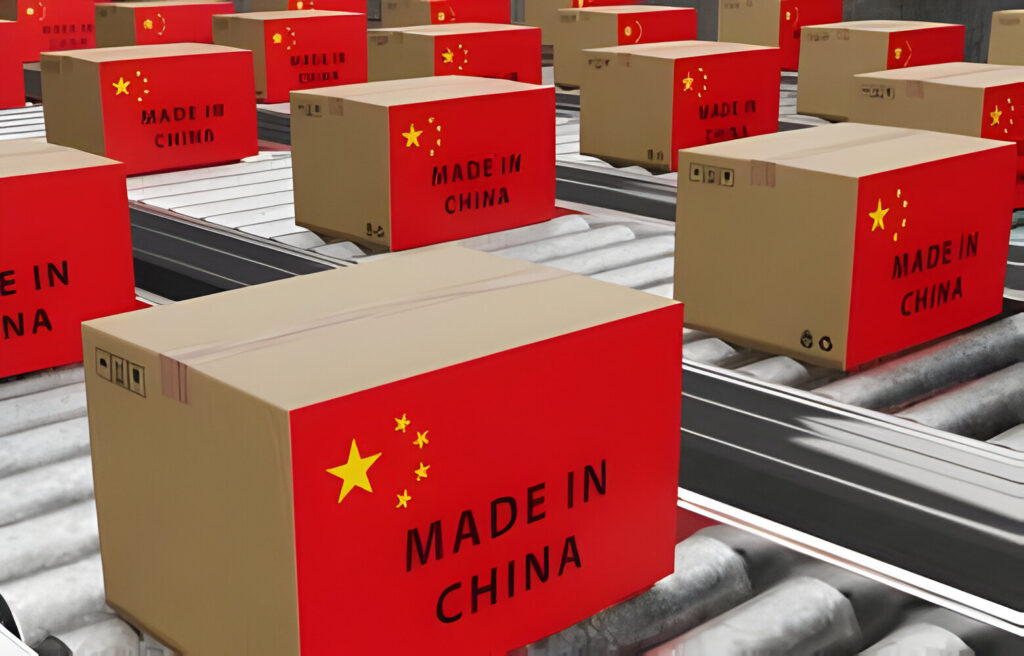
Introduction to “Made in PRC”
When you see the label “Made in PRC” on a product, what comes to mind? Many people associate it with cheap, low-quality goods. However, there’s more to this label than meets the eye. Let’s delve deeper into what “Made in PRC” really means and debunk some common misconceptions.
Understanding the Term “Made in PRC”
At its core, “Made in PRC” simply means that the product was manufactured in the People’s Republic of China (PRC). It’s not an indication of the product’s quality or value but rather its country of origin. This term has its origins in the global manufacturing landscape and is regulated by various international standards.
Quality Perception
There’s a prevailing stereotype that products bearing the “Made in PRC” label are inferior in quality. However, this perception doesn’t always reflect reality. While there may be instances of subpar quality, many Chinese manufacturers adhere to stringent quality control measures to produce high-quality goods.
Manufacturing in China
China has emerged as a manufacturing powerhouse, supplying a vast array of products to markets worldwide. The country’s large workforce, advanced infrastructure, and favorable business environment have contributed to its dominance in global manufacturing.
Regulations and Standards
Contrary to popular belief, China has robust regulations governing manufacturing processes. Companies operating in China must comply with these regulations to ensure product safety and quality. Additionally, adherence to international standards is crucial for exporting goods labeled “Made in PRC.”
Product Variability
The quality of products manufactured in China can vary widely depending on various factors such as the manufacturer’s capabilities, production processes, and quality control measures. To mitigate risks associated with variability, businesses must implement strict quality assurance protocols.
Economic Impact
China’s manufacturing prowess has significant implications for the global economy. While it has fueled economic growth and provided employment opportunities, it has also led to concerns about job displacement and trade imbalances in certain regions.
Consumer Perception
The perception of “Made in PRC” products varies among consumers. While some may view them skeptically due to quality concerns, others may see them as affordable alternatives. Consumer perceptions are influenced by factors such as brand reputation, product reviews, and personal experiences.
Branding and Reputation
Building a strong brand reputation is essential for Chinese manufacturers seeking to overcome negative stereotypes associated with the “Made in PRC” label. By emphasizing quality, innovation, and ethical practices, companies can earn consumer trust and loyalty.
Ethical Considerations
Ethical considerations are paramount in the manufacturing industry, particularly concerning labor practices and environmental sustainability. Companies must prioritize fair labor standards, safe working conditions, and responsible resource management to uphold ethical values.
Counterfeiting and Intellectual Property
Counterfeiting and intellectual property infringement pose significant challenges for brands operating in China. Protecting intellectual property rights and combating counterfeit products require collaboration between businesses, government agencies, and international organizations.
Global Trade Dynamics
The “Made in PRC” label plays a crucial role in international trade, shaping global supply chains and trade dynamics. Trade policies, tariffs, and geopolitical factors influence the flow of goods between China and its trading partners.
Future Trends
Looking ahead, the perception of “Made in PRC” is likely to evolve as Chinese manufacturers innovate and adapt to changing market demands. Emerging manufacturing hubs, technological advancements, and shifts in consumer preferences will shape the future landscape of global manufacturing.
Conclusion
In conclusion, “Made in PRC” encompasses more than just a label—it represents the complex dynamics of global manufacturing. While quality concerns persist, Chinese manufacturers continue to strive for excellence and contribute to the global economy. By understanding the nuances of “Made in PRC,” businesses and consumers can make informed decisions and navigate the global marketplace more effectively.
Recent Posts
- Budget-Friendly Imports: Strategies for Cost Control When Importing Goods From China
- Bridging Cultures: Navigating Cultural Aspects in China Imports
- Guide to working with a sourcing agent in China for startups
- How China Sourcing Agents Can Transform Your Business
- Exploring the Benefits of Collaborating with a China Sourcing Agent

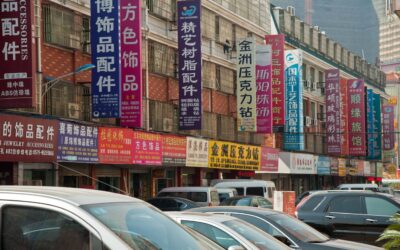
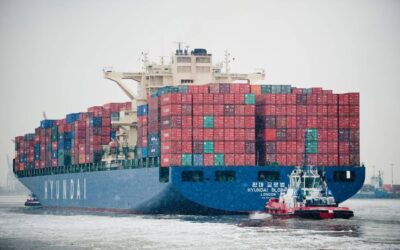
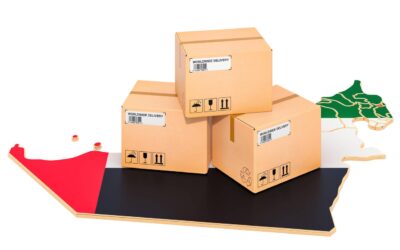
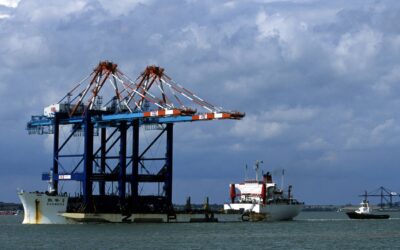
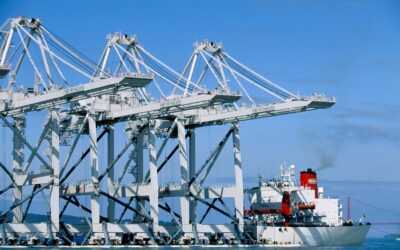
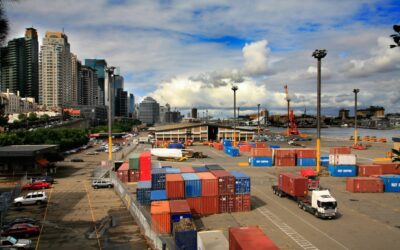
Recent Comments